 Special aBlogtoWatch Content for H. Moser & Cie.
Special aBlogtoWatch Content for H. Moser & Cie.
There is a personal quality that is, although shared by all truly outstanding and impactful watchmakers in history, rarely credited to the extent of its true magnitude: entrepreneurialism. When you come and visit the Schaffhausen region, and in it the H. Moser & Cie. manufacture with its museum dedicated to the namesake of the company, you’ll quickly discover the importance of this so greatly ignored quality that is yet so very much indispensable to create impactful things.
H. Moser & Cie. calls their watches Very Rare and do so with good reason, but before we discover where and how these hard-to-come-by pieces are produced, let us familiarize ourselves with the fascinating history of the company and its everlasting connection with entrepreneurialism.
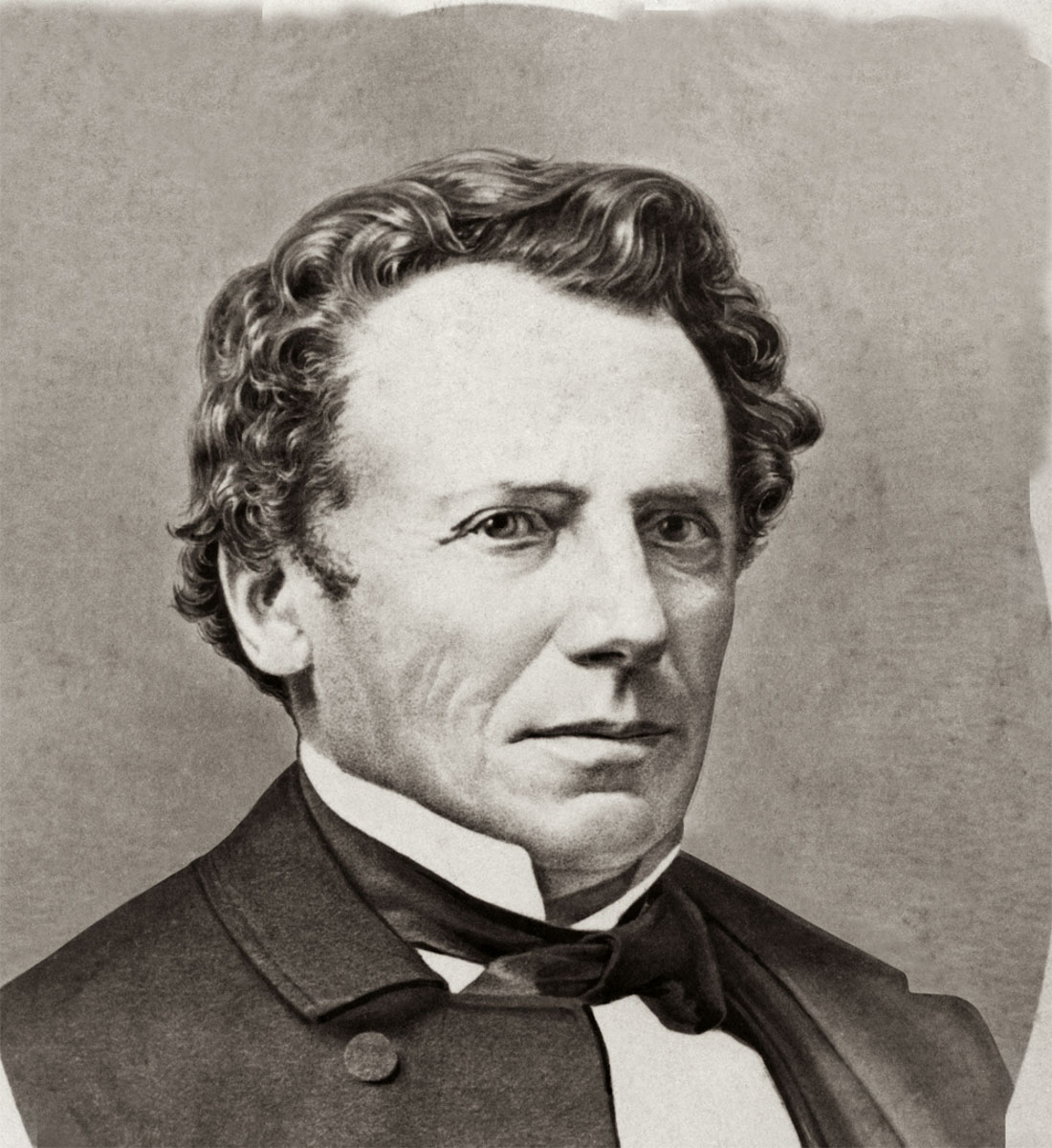

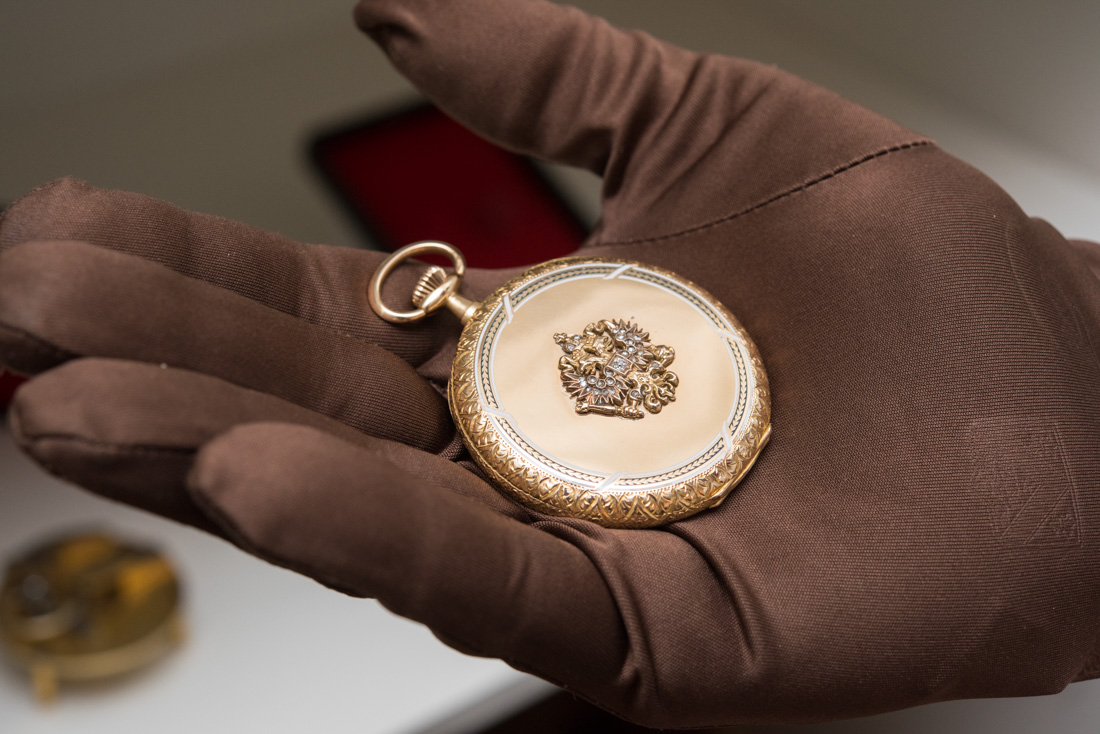
Heinrich Moser was born in Schaffhausen, Switzerland in 1805 into a family of watchmakers. At the age of 21, the young Heinrich had the bold idea of moving to St. Petersburg to establish himself there, as a master watchmaker. This adventure wasn’t entirely self-imposed either. For generations, the Moser family had been trusted with the responsibility of maintaining the public clocks of Schaffhausen – however, when it was his turn, Heinrich, for his young age, was not given the opportunity to prove himself. This was more than enough of a motivation to set off on his own path – which, as we will see, he very much chose to lead him back to his hometown.

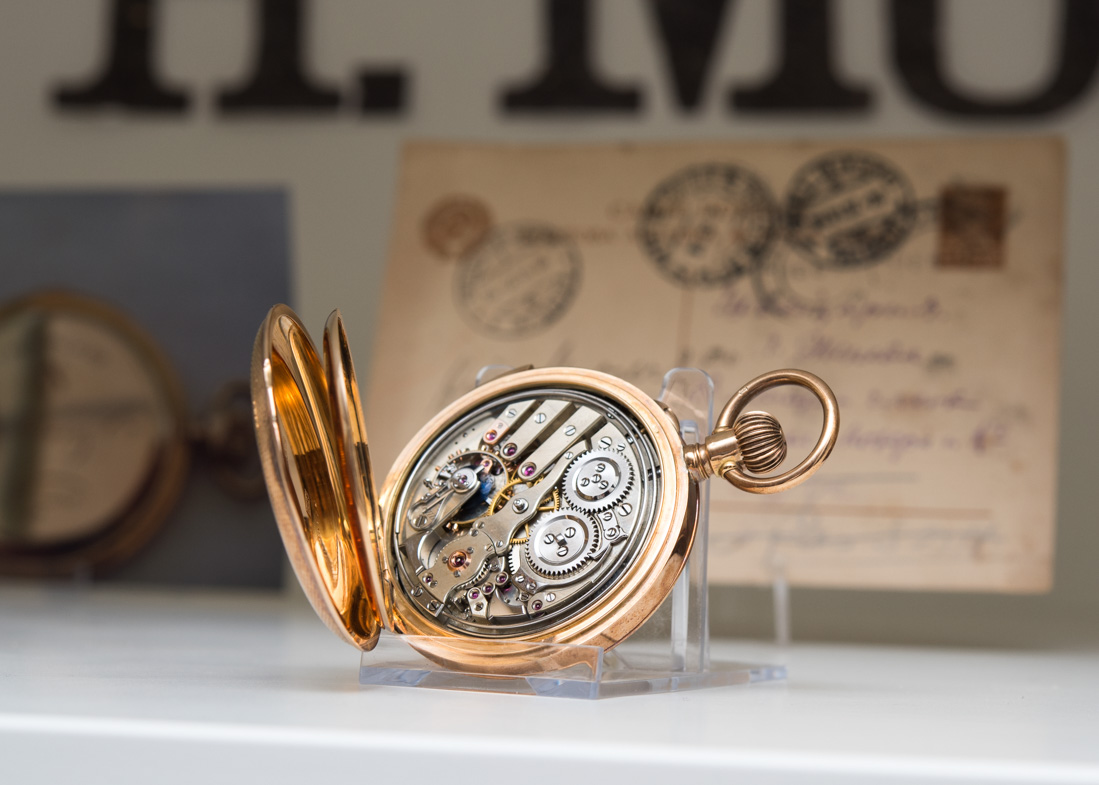
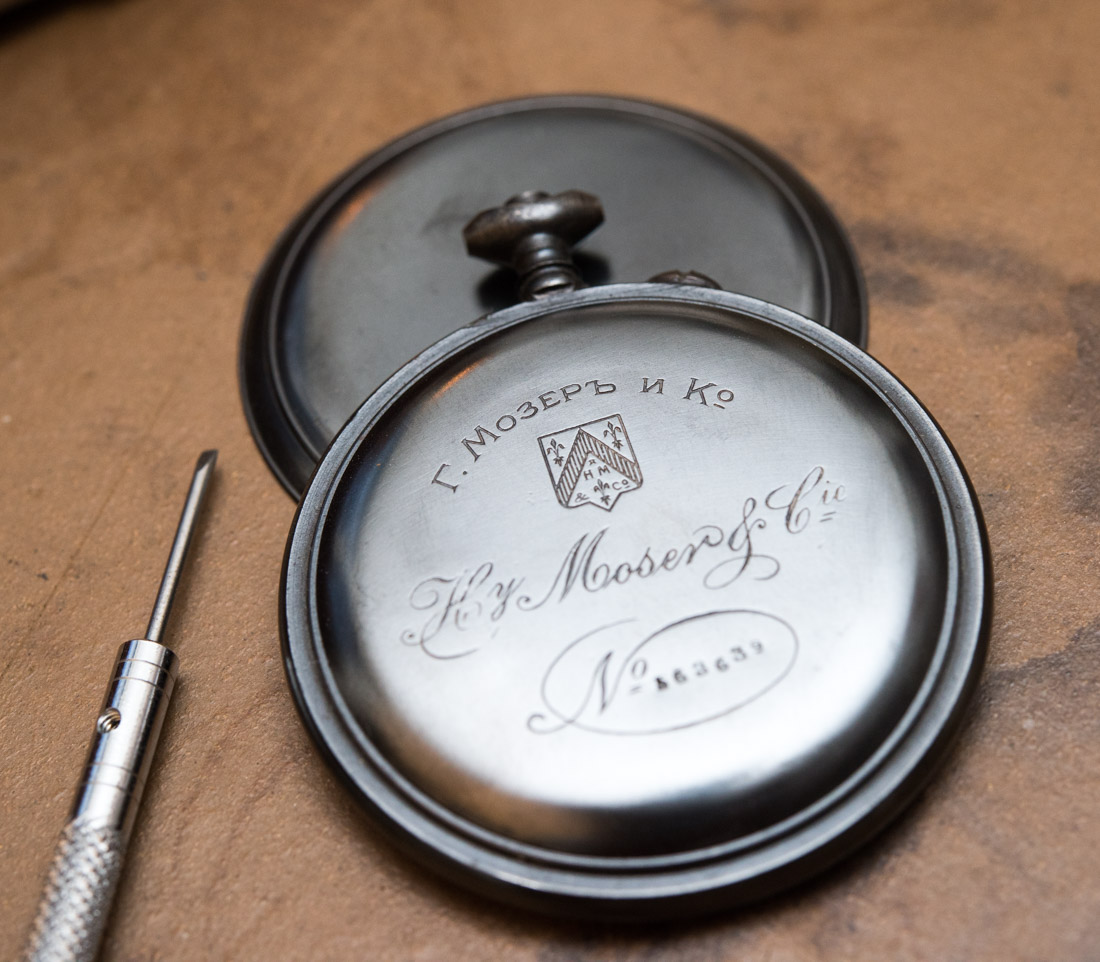
Just a year later, in 1828, he established H. Moser & Cie. in St. Petersburg, where this name soon became a symbol of quality, elegance, and reliable watches with exceptional manufacture movements. Moser went on to develop from an artisanal watchmaker into a true entrepreneur, who not only understood all the details of his products, but also created a full-scale production system with an international service and retailer network – from scratch, in the early- to mid-1800s. It is worth noting that the Moser name has truly become analog with quality watches in Russia – some 1920s advertisements are just fascinating flashbacks to the past that further prove this point.
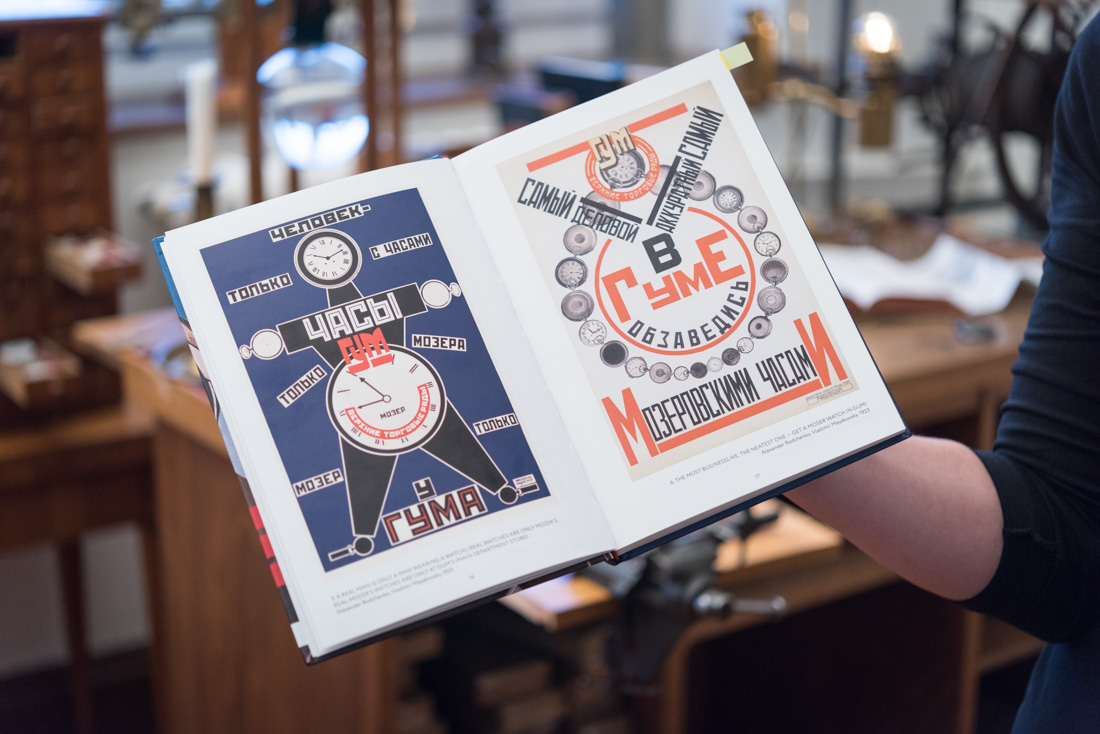
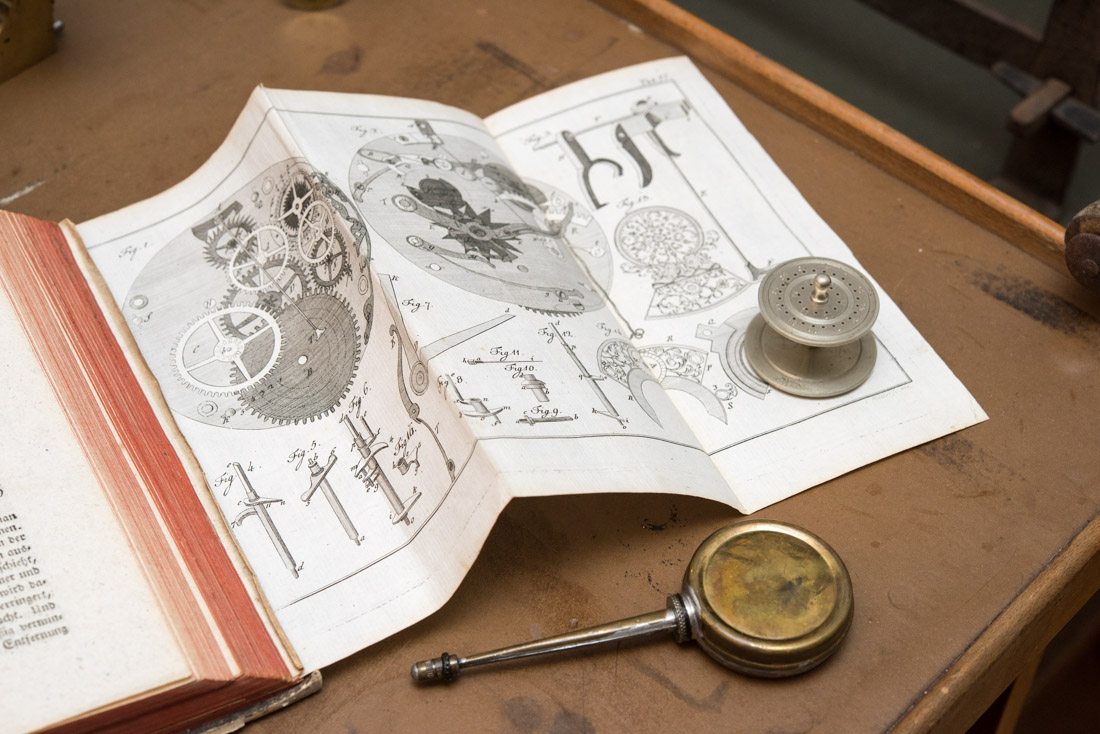
Further above: two Russian advertisements by Alexander Rodchenko, both dating from 1923, that reference Moser. Below: time-travel back to the 1800s with an original movement drawing.
Upon his return to his hometown, Heinrich dedicated much of his by-now vast fortune to develop the Schaffhausen region, totally transforming the sleepy little place into a prosperous and powerful town. In 1864, the Moser-dam was finished, a massive and incredibly impactful structure whose primary purpose was to harness the river Rhine’s power to supply energy to the town of Schaffhausen, hence providing it with the opportunity to industrialize and reap all the benefits of turning into a town that manufactures a wide range of products.
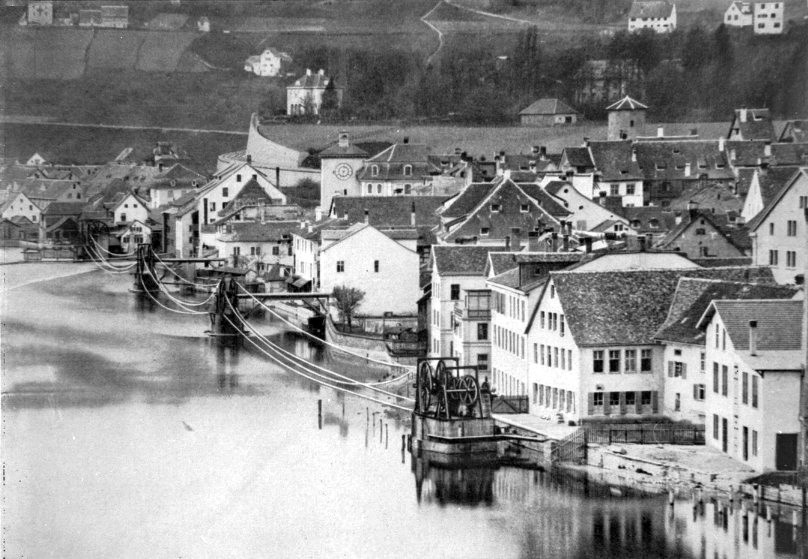
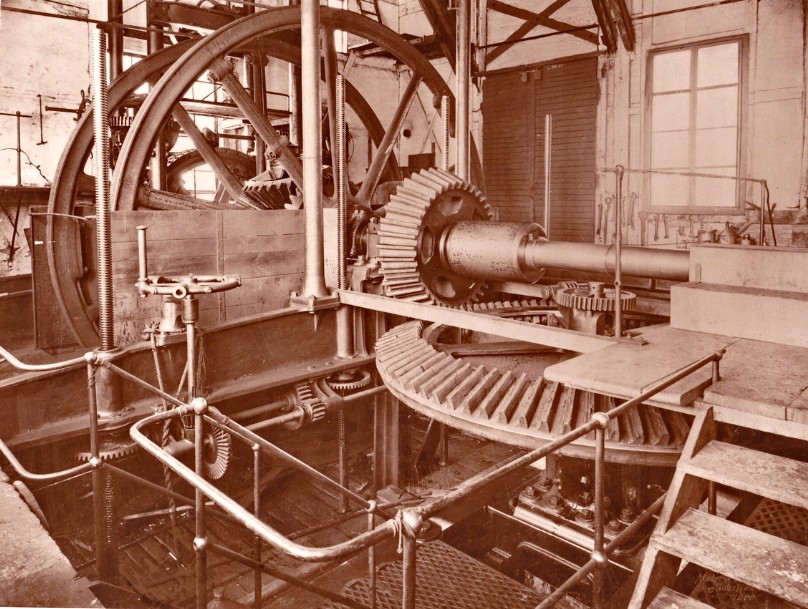
A truly entrepreneurial undertaking, turning a small settlement into a major hub in manufacturing, Heinrich Moser set out to design the entire dam-canal system along with its turbines himself – though, over time, he saw that he would definitely have to call upon further assistance to realize his plans. Entire structures grew out of the hectically running Rhine, housing massive turbines that would transfer the river’s energy to the many new buildings and manufactures that now ran along the river and helped Schaffhausen transform. There were even 2-person cable cars transporting workers across the Rhine – a system built in 1866, this was the first of its kind in Switzerland.
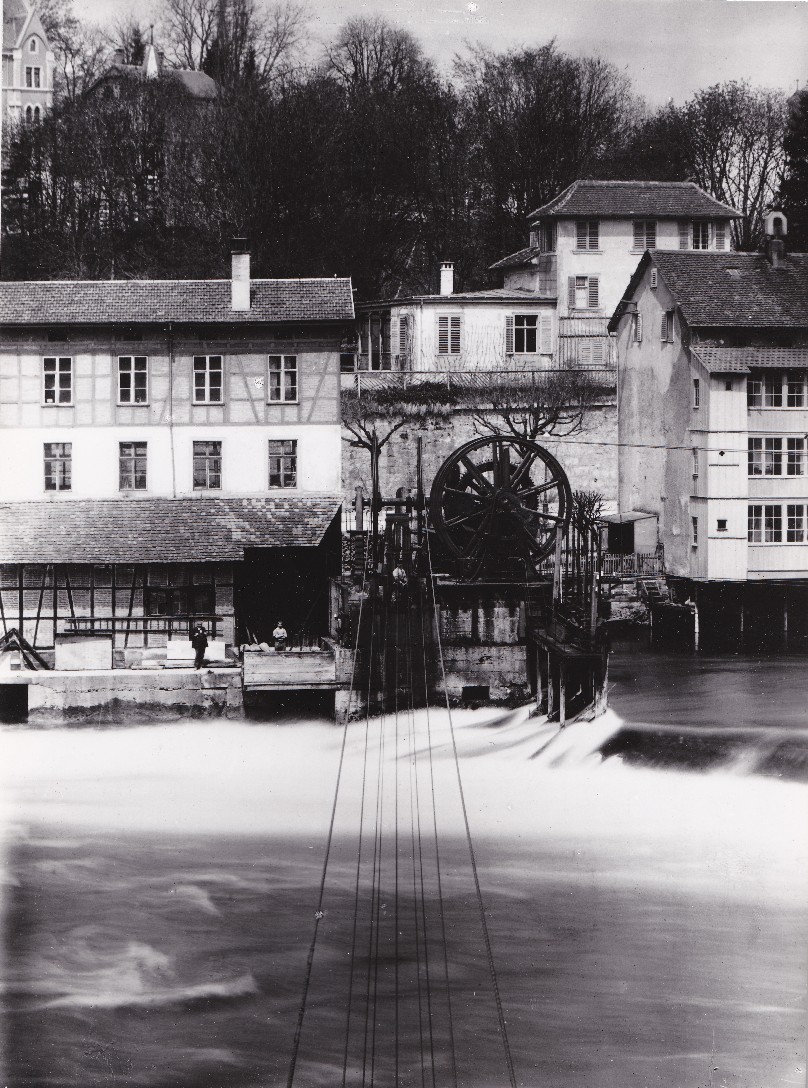
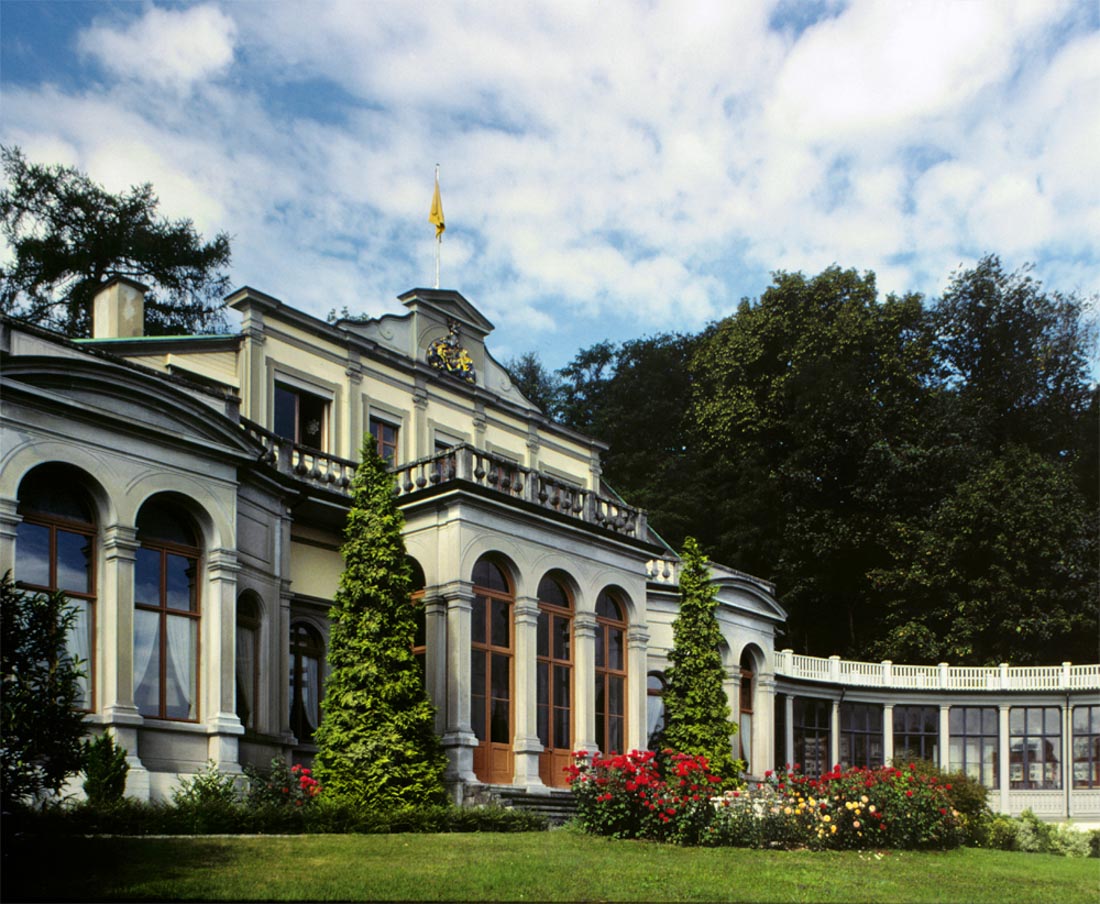
Today, many of the original plans, along with personal items and historical Moser timepieces can be found in the Moser Museum located in the Charlottenfels villa, a picturesque and thoroughly impressive estate that Heinrich Moser had built to his own specifications, overlooking the now-busy town of Schaffhausen and the river Rhine that was perpetually powering it. Today, the massive pillars of Moser’s project are located under the street of Rheinuferstrasse, but the prosperity and richness of the town serve as faithful reminders.

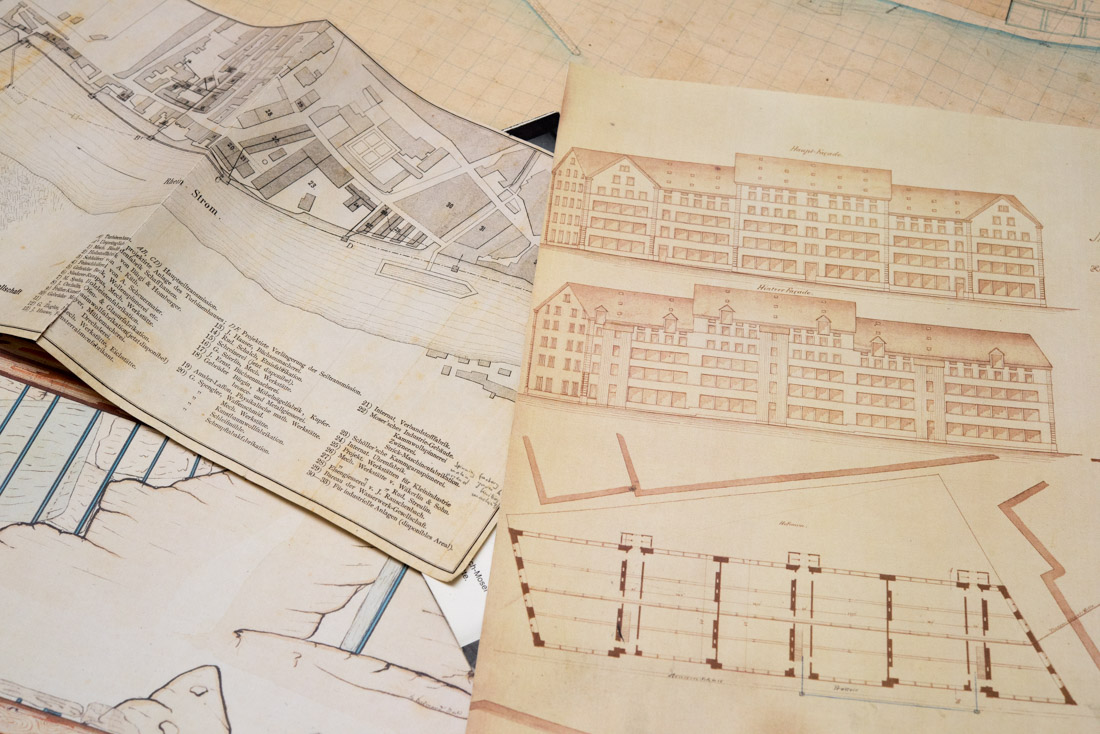
It is also worth mentioning how IWC Schaffhausen started out by renting part of a building that Heinrich Moser had set up specifically to give space to new small and medium-sized businesses. Beyond his joint ventures to develop the local industry, Heinrich Moser opened up a watch case manufacture in Schaffhausen, in 1853. In 1918, the company H. Moser & Cie. was expropriated following the turmoil of the Russian Revolution.

Today, the entrepreneurial spirit is carried on inside the H. Moser & Cie. manufacture, located in Neuhausen am Rheinfall, Schaffhausen, just a few minutes from Heinrich’s personal villa and the town that he transformed. It was in 2012 that the Meylan family took the helm of H. Moser & Cie., seven years after the brand had returned to the canton of Schaffhausen and moved into its new manufacture.

